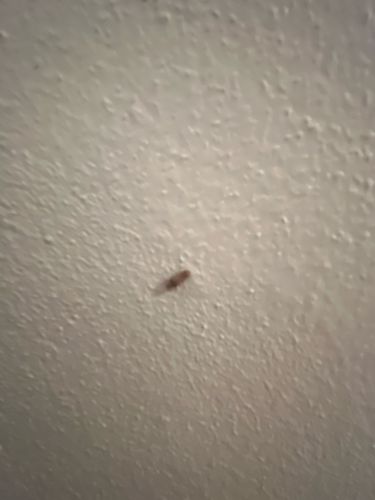Booklouse (or Psocid)
Scientific Name: Psocoptera (order); various genera and species within this order
Order & Family: Order: Psocoptera; Family: various (e.g., Liposcelididae, Psocidae)
Size: 1-2 mm, though some species can be up to 5 mm

Natural Habitat
Booklice typically inhabit damp, warm, and dark environments. Indoors, they are commonly found in places with high humidity, such as bathrooms, kitchens, basements, and areas with moisture-damaged materials (books, wallpaper, stored food products). Outdoors, they live under bark, in leaf litter, and in bird nests.
Diet & Feeding
They feed on fungi, mold, starch (from book bindings, wallpaper paste), dead insects, and various organic debris. They do not bite humans or pets.
Behavior Patterns
Booklice are mostly nocturnal and avoid light. They are often found in large numbers when conditions are favorable (high humidity and food sources). They undergo simple metamorphosis (egg, nymph, adult). Many species are parthenogenetic, meaning females can reproduce without males, leading to rapid population growth.
Risks & Benefits
Risks: While harmless to humans (they don't bite or spread diseases), large infestations can damage books, papers, and stored food products due to their feeding habits on mold and starch. They can also be a nuisance. Benefits: In natural environments, they contribute to decomposition by feeding on mold and detritus.
Identified on: 11/19/2025